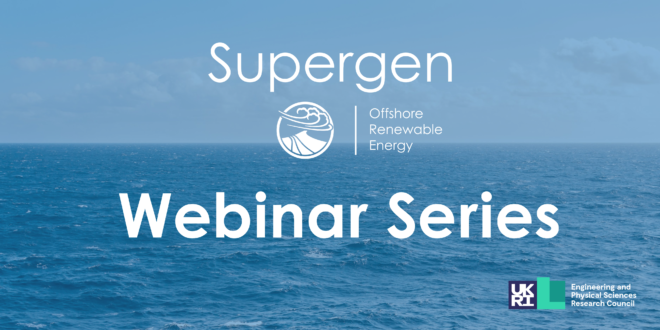In Europe, 80% of offshore wind resource is located in places with water depth greater than 60m. This amounts to a potential European capacity of 4000GW, at water depths that are greater than fixed foundation devices can exploit. Floating offshore wind turbines therefore have great potential, both as a source of renewable energy for the UK and as an export market. This project aims to investigate floating offshore wind turbine (FOWT) foundation designs that have the potential to achieve significant cost reductions. This project targets the use of carbon-fibre textile reinforced concrete (CTRC) for floating platforms, where use of a concrete floating foundation allows the majority of supply and logistical activities to be local. A novel self-sensing technique that utilises the contact resistance at the connections of the carbon fibre tows in the mesh was proposed. The main impact of the project will be demonstration of the technical feasibility of self-sensory concrete foundations for floating offshore wind farms, and their potential to reduce construction, deployment, and inspection costs.











